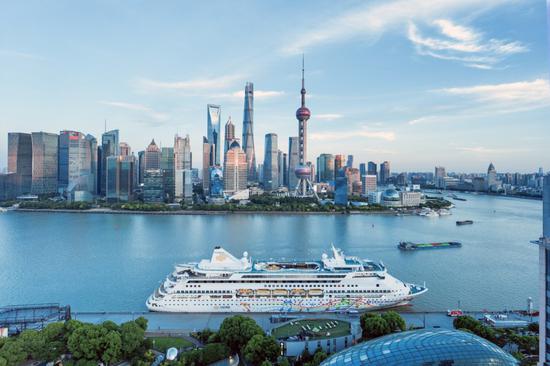
The Chinese-funded cruise ship Blue Dream Melody is set to embark on a 33-night ultra-long-haul voyage departing from Shanghai on November 26, 2024. (Photo provided to chinadaily.com.cn)
The Chinese-funded cruise ship Blue Dream Melody is set to embark on a 33-night ultra-long-haul voyage from Shanghai on November 26, marking the end of a decade-long absence of such extensive itineraries from domestic ports.
This journey will traverse 10 countries and regions, 15 ports, and 17 destinations across Southeast Asia and East Asia. To cater to diverse tourist needs, the trip allows for partial segmented purchase, with total sales reaching 30 percent as of Aug 15, according to the company.
"The route not only serves as a tribute to Zheng He's monumental voyages to the Southern Seas over 600 years ago but is also a proactive engagement with China's Belt and Road Initiative," said Xu Ying, the general manager of Shanghai Blue Dream International Cruises Co Ltd.
Xu highlighted that this itinerary, the first ultra-long Southeast Asian cruise route departing from a domestic port in the past decade, will take travelers through seven ASEAN countries: Vietnam, Cambodia, Thailand, Singapore, Malaysia, Brunei, and the Philippines. It will also offer visitors the chance to explore eight UNESCO World Heritage Sites.
Before introducing this route, the Blue Dream had already undertaken several lengthy routes, including 7-night trips to four different ports and 11-night journeys to seven ports.
Building on past experiences, the company selected Southeast Asia, which holds greater appeal to Chinese travelers during the winter season, to launch this ultra-long route, aiming to provide tourists with a warm winter getaway, Xu said.
Liu Jianbin, the founder and managing director of Shangchuanba, a global cruise ship distribution service platform and partner of Blue Dream, said, "The route design has also benefited from visa exemptions for travel to Southeast Asian countries in recent years, including Singapore, which has made our itinerary more convenient. With our ship's moderate size of 42,000 tons, we can access more destinations and dock closer to the core port areas."
In order to offer products distinct from other Southeast Asian cruises, the itinerary has incorporated music elements into the plans.
In May, Blue Dream Cruises partnered with the Shanghai Conservatory of Music to create the brand's theme song, Blue Dream Time, integrating musical elements into the voyage experience. Teachers and students from the university hosted an "Ethnic Style Concert" on two 7-night voyages departing in July and August, successfully bringing traditional folk music to the international stage.
This collaboration will continue on the 33-night voyage by introducing the unique allure of musical instruments from along the Maritime Silk Road and traditional folk instruments in Southeast Asian countries, in addition to opera performances, song and dance showcasing the charm of various Southeast Asian cities, and themed activities.
"What we want to demonstrate is that cruise ships are a carrier that can carry music, history, and cuisine, providing tourists with enriching long journeys together," Liu said.
According to Liu, the cruise ship can accommodate 1,500 passengers, but for the ultra-long route, they plan to accept around 1,100 guests to ensure a comfortable stay during the extended journey.
Targeting consumers aged 45 to 70, the voyage has also attracted overseas customers, including some from Singapore who have already made reservations.
"This first attempt demonstrates the spirit of our implementation of the Belt and Road Initiative. So if this route proves successful, we plan to introduce even longer routes next year," Xu said.
She asserted that the future route planning will be centered around the Regional Comprehensive Economic Partnership (RCEP). In addition to the 10 ASEAN countries, the company aims to connect ports in other nations such as Japan, South Korea, Australia, and New Zealand, creating an extended route for comprehensive economic cooperation partners.
"These routes are designed to foster a spirit of exploration for ultra-long journeys departing from Chinese homeports. We aspire to discover routes that blend history with future possibilities," Xu said.








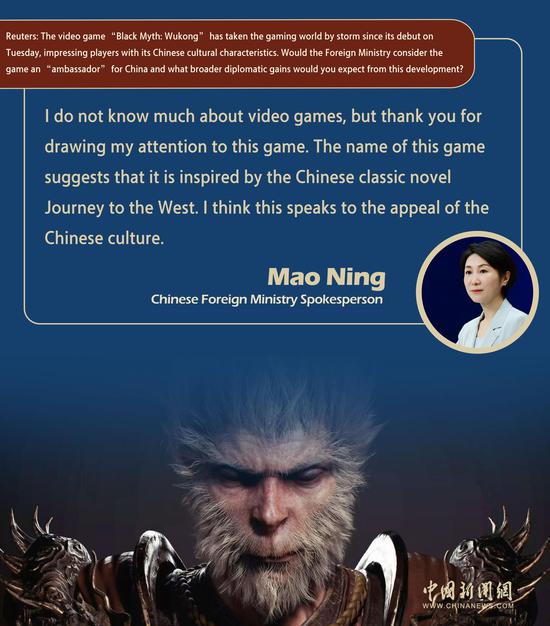

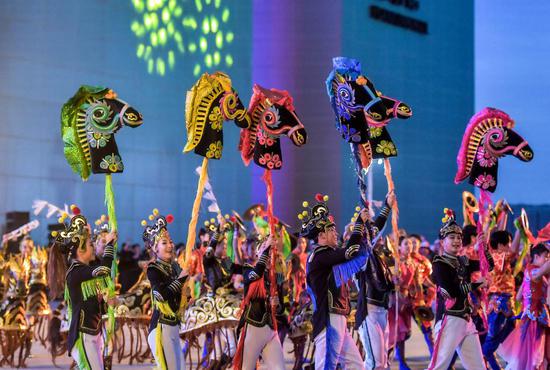











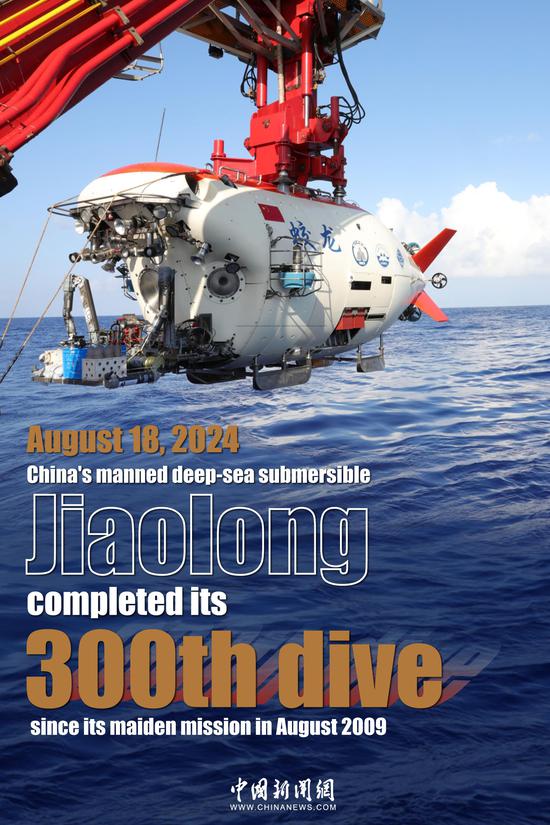



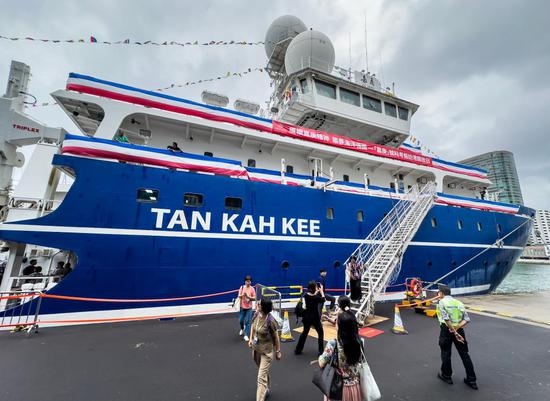

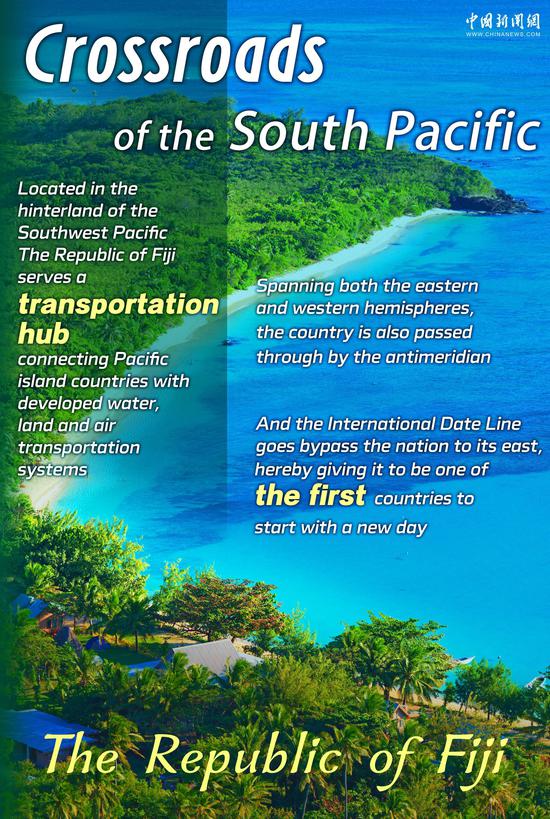

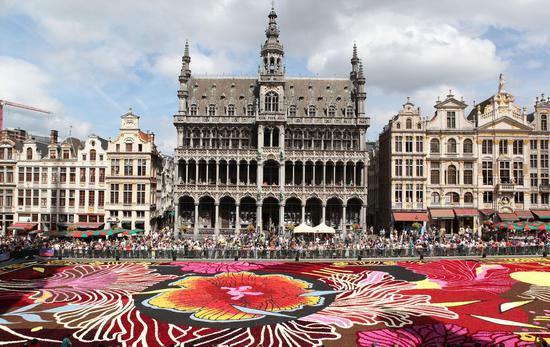
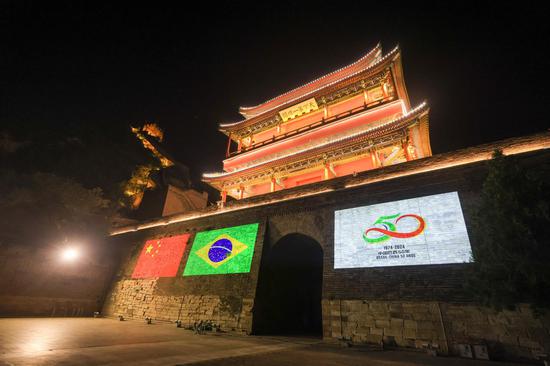


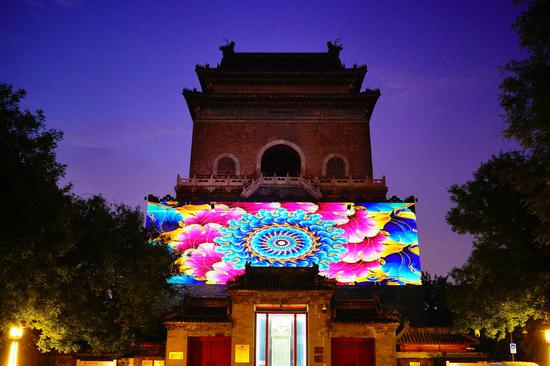
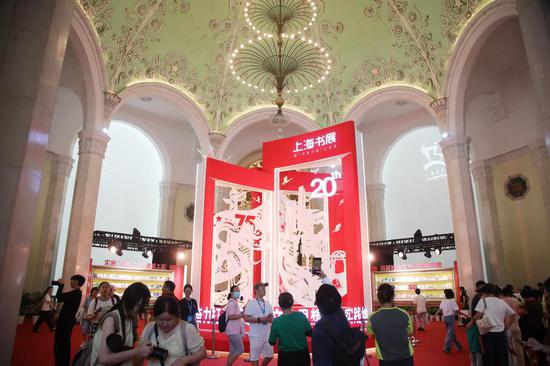










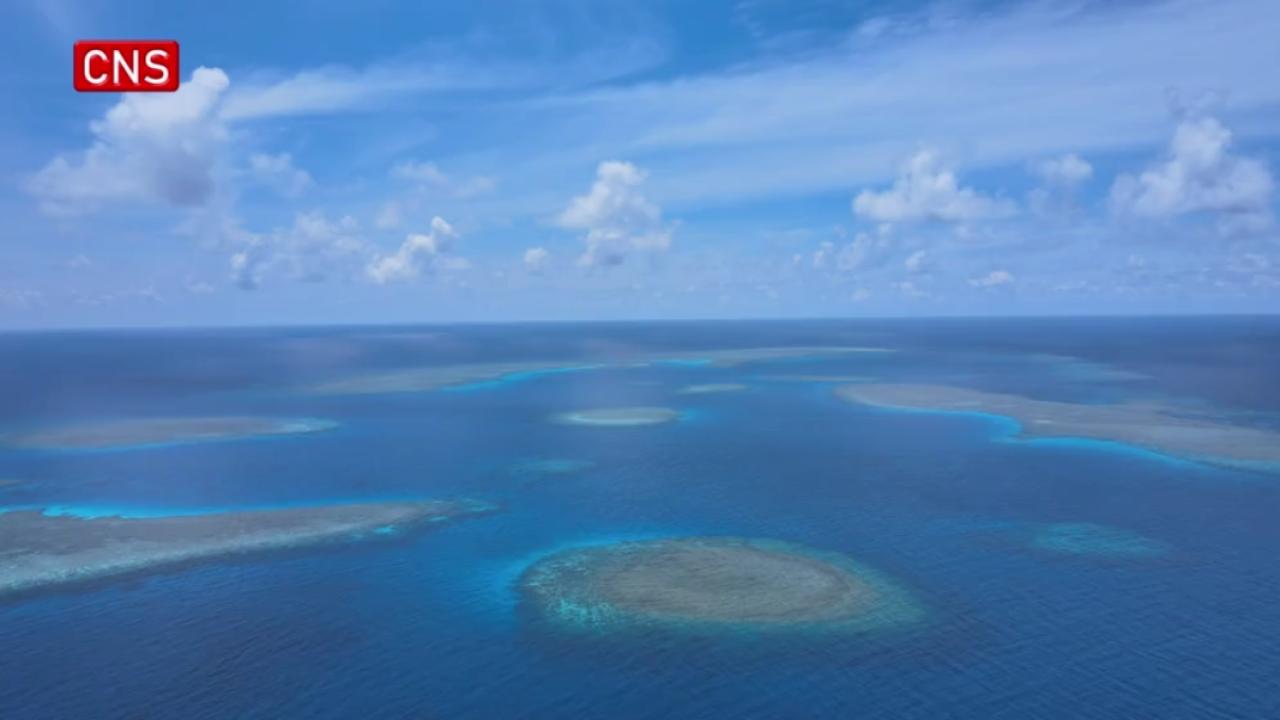



 京公网安备 11010202009201号
京公网安备 11010202009201号